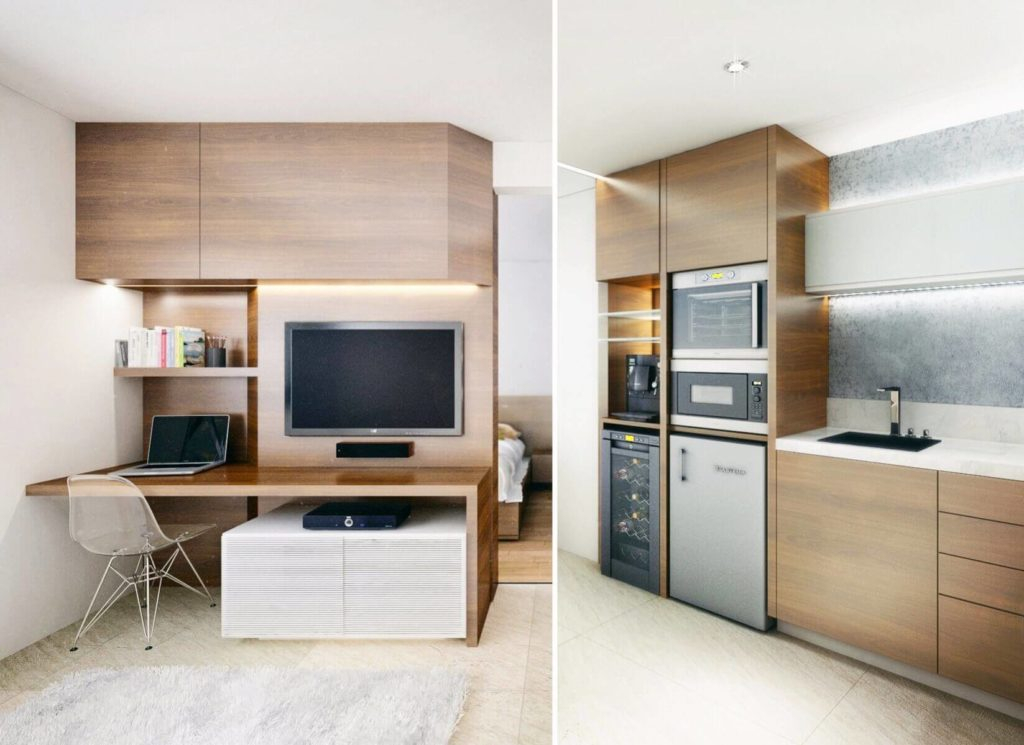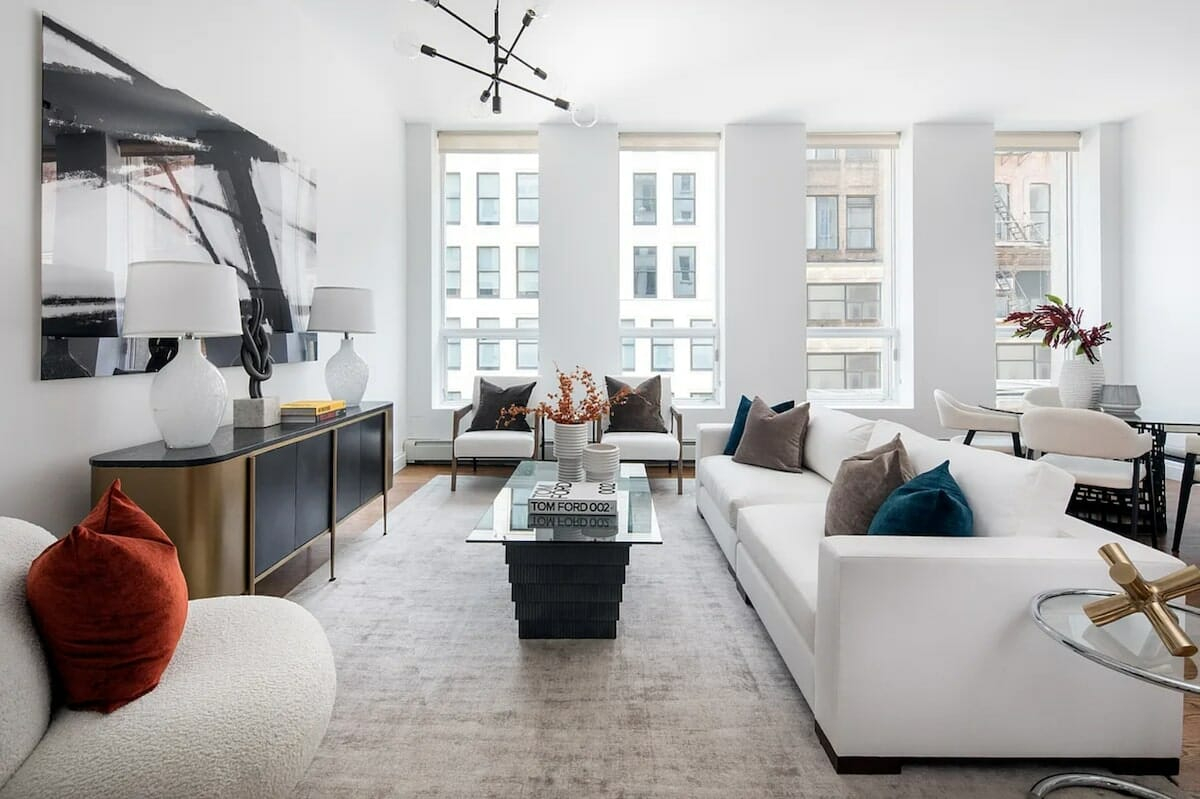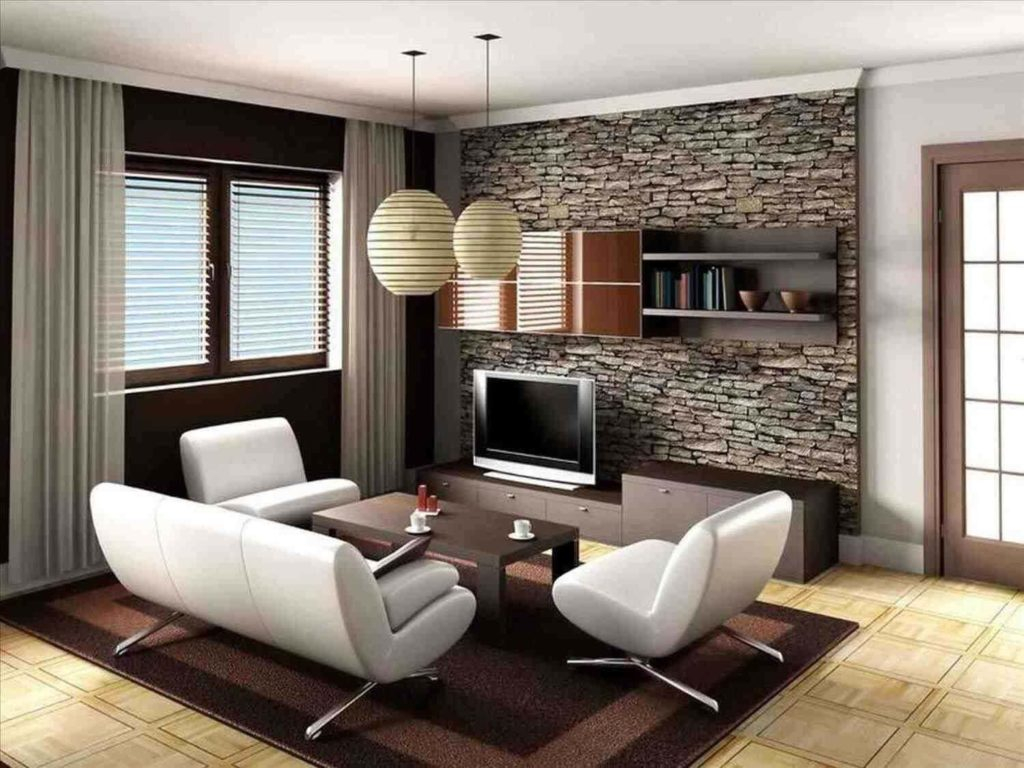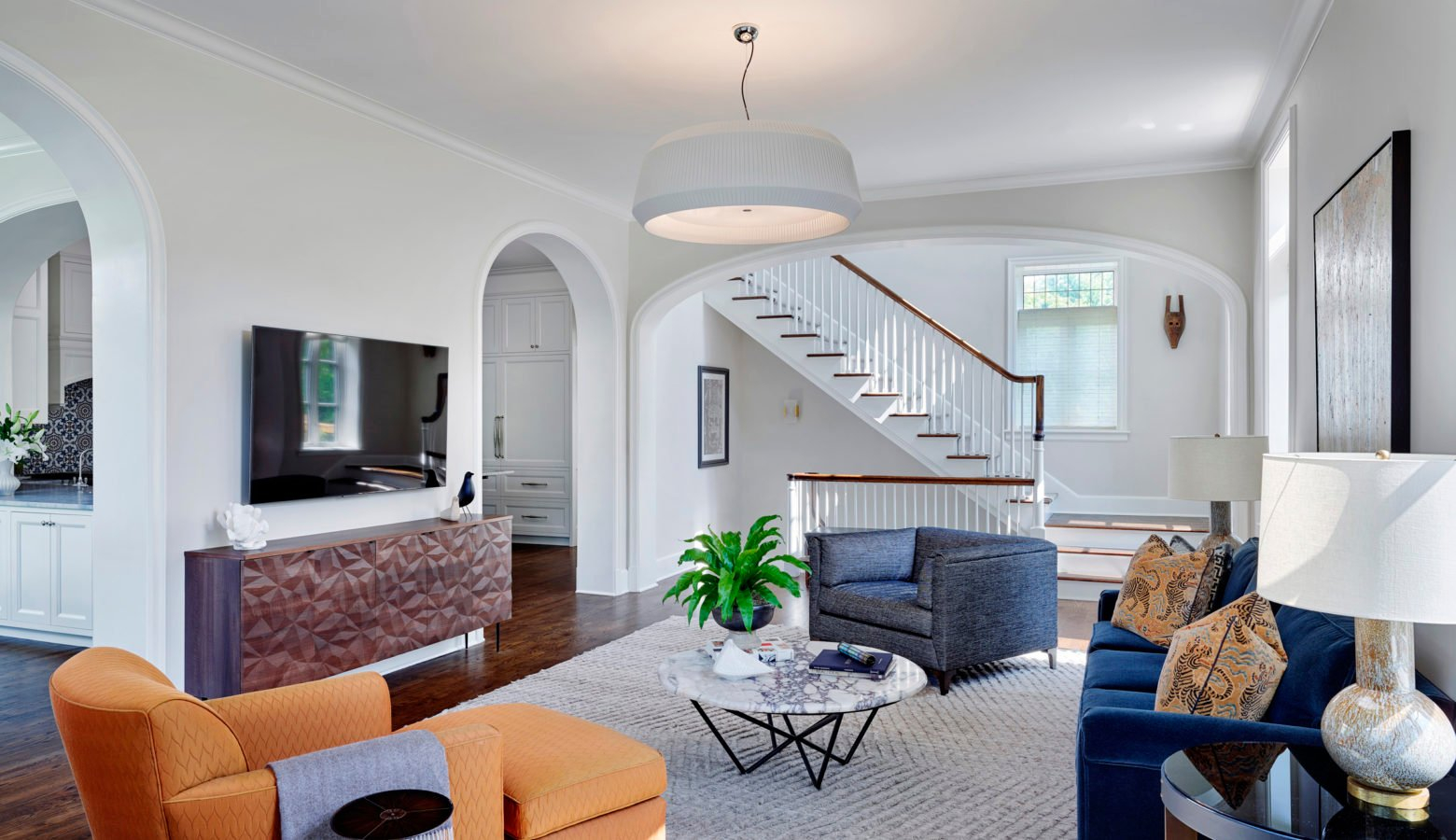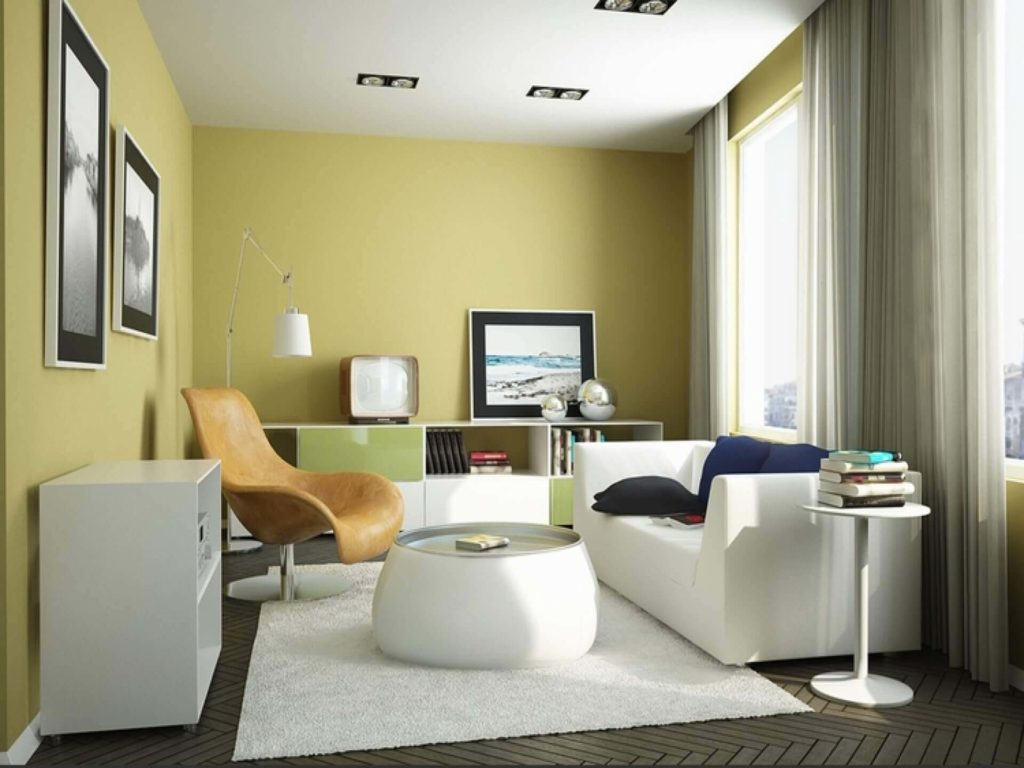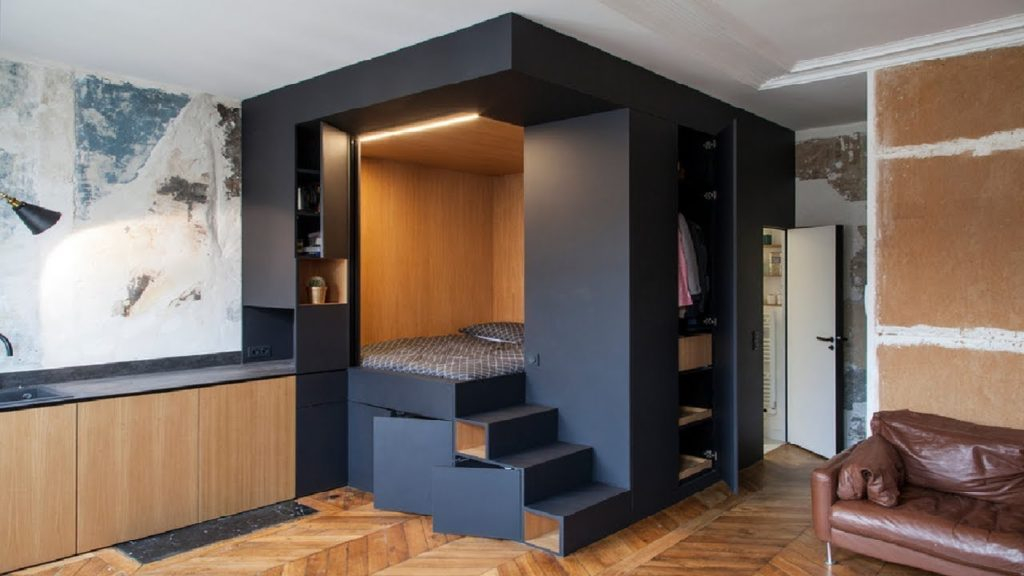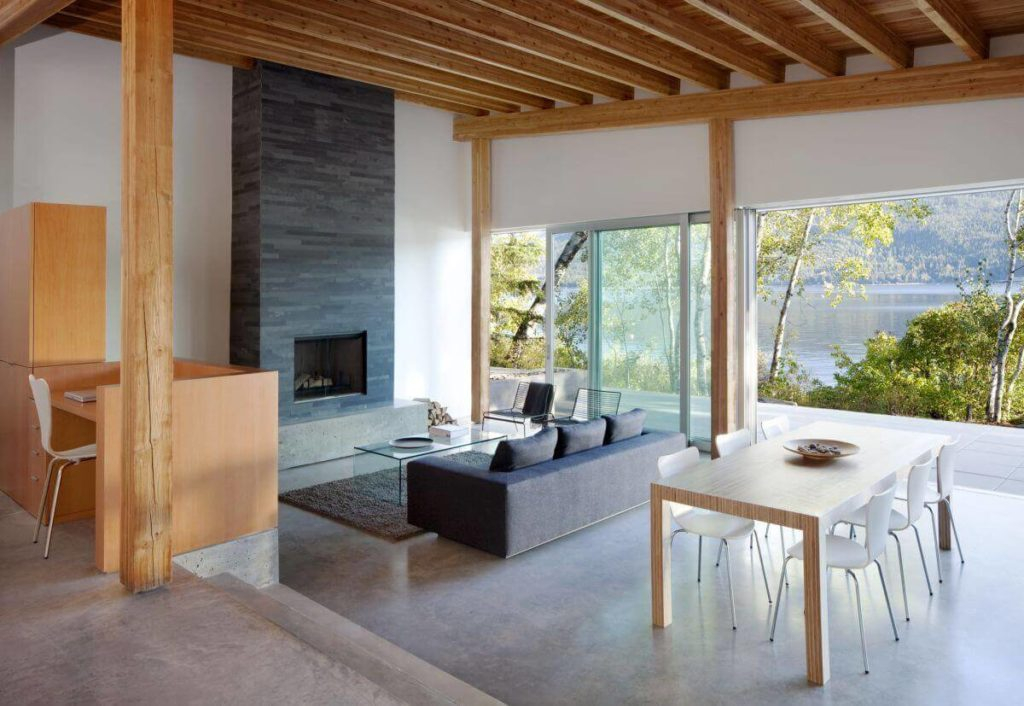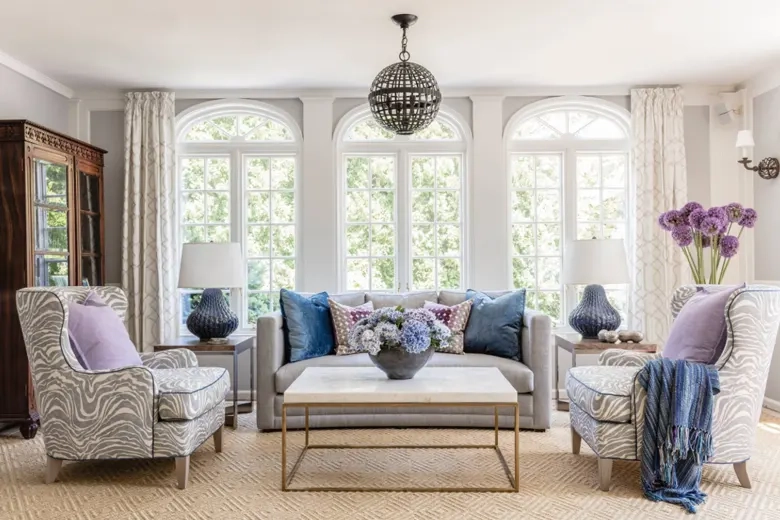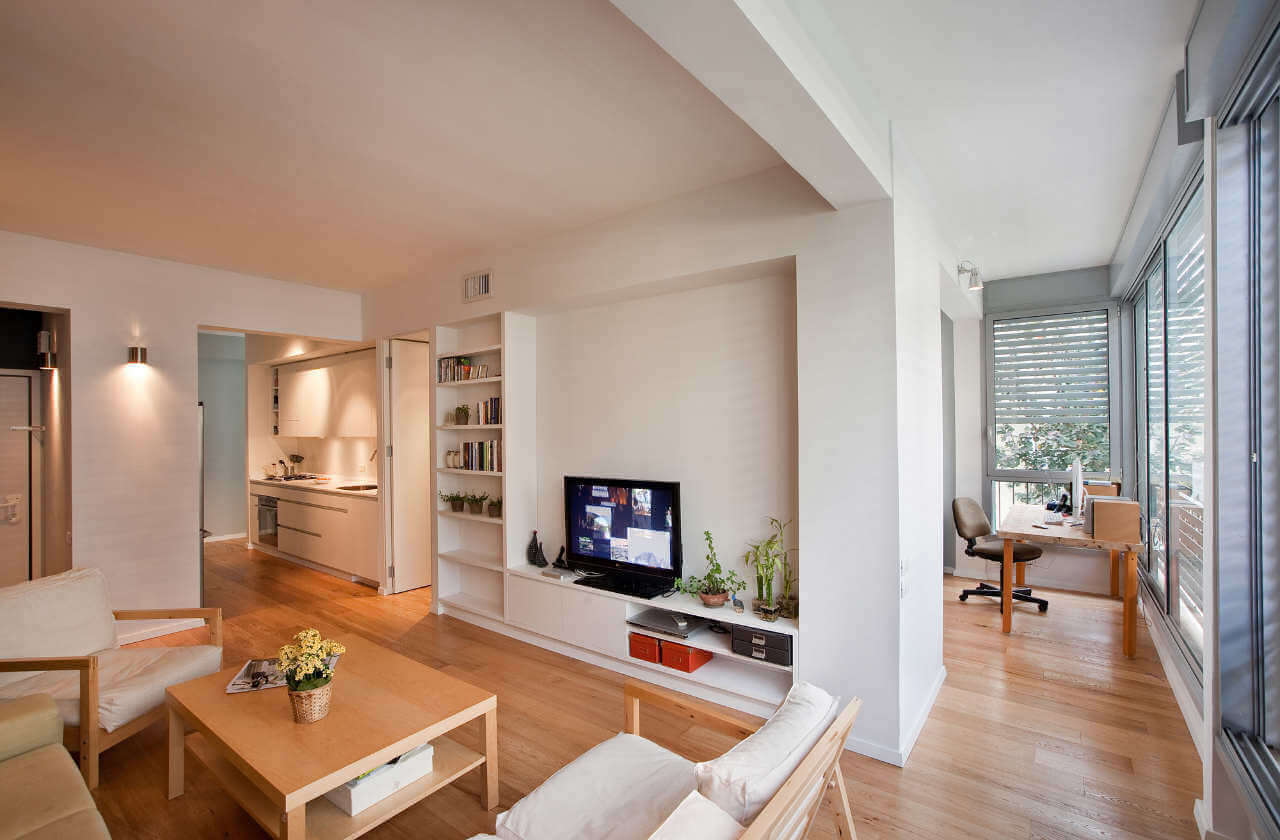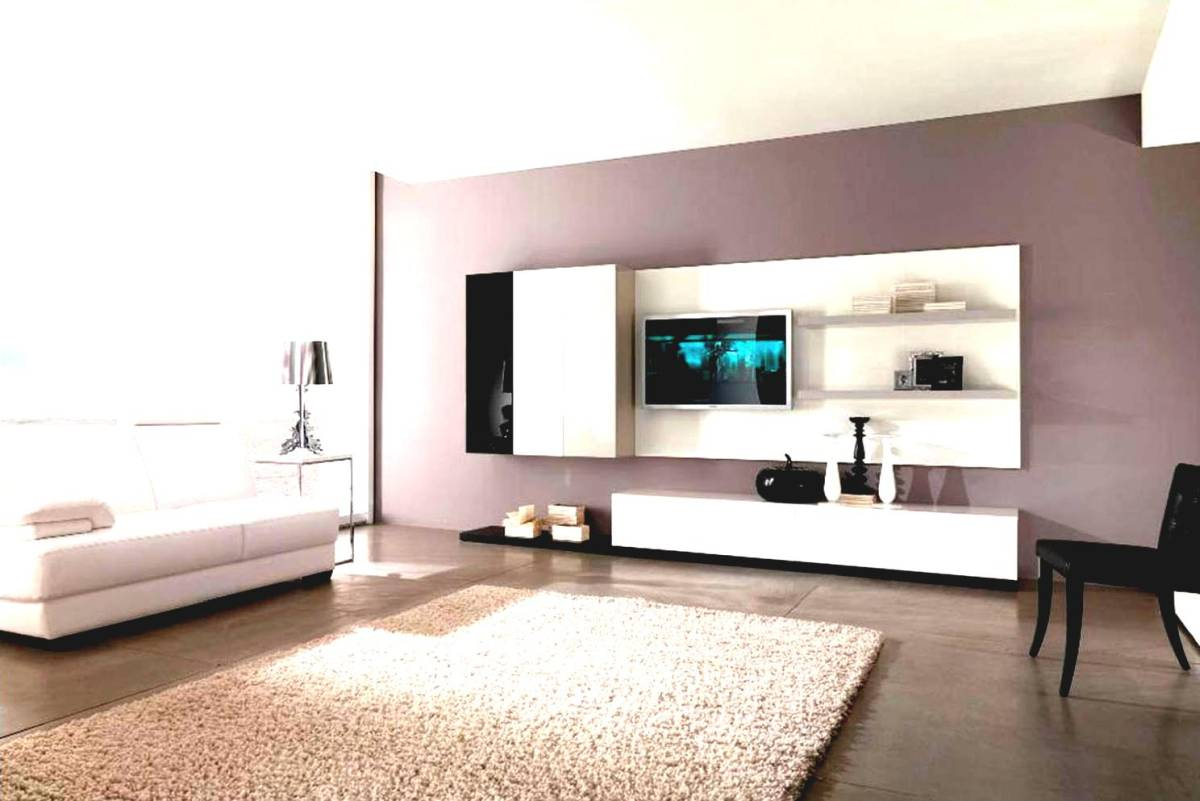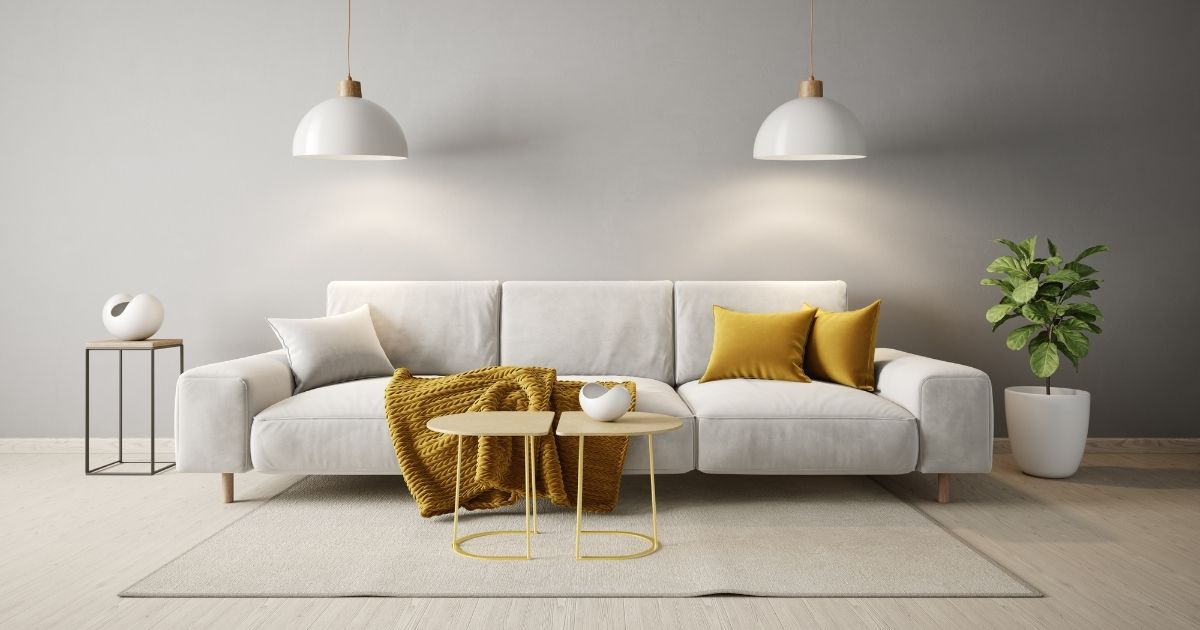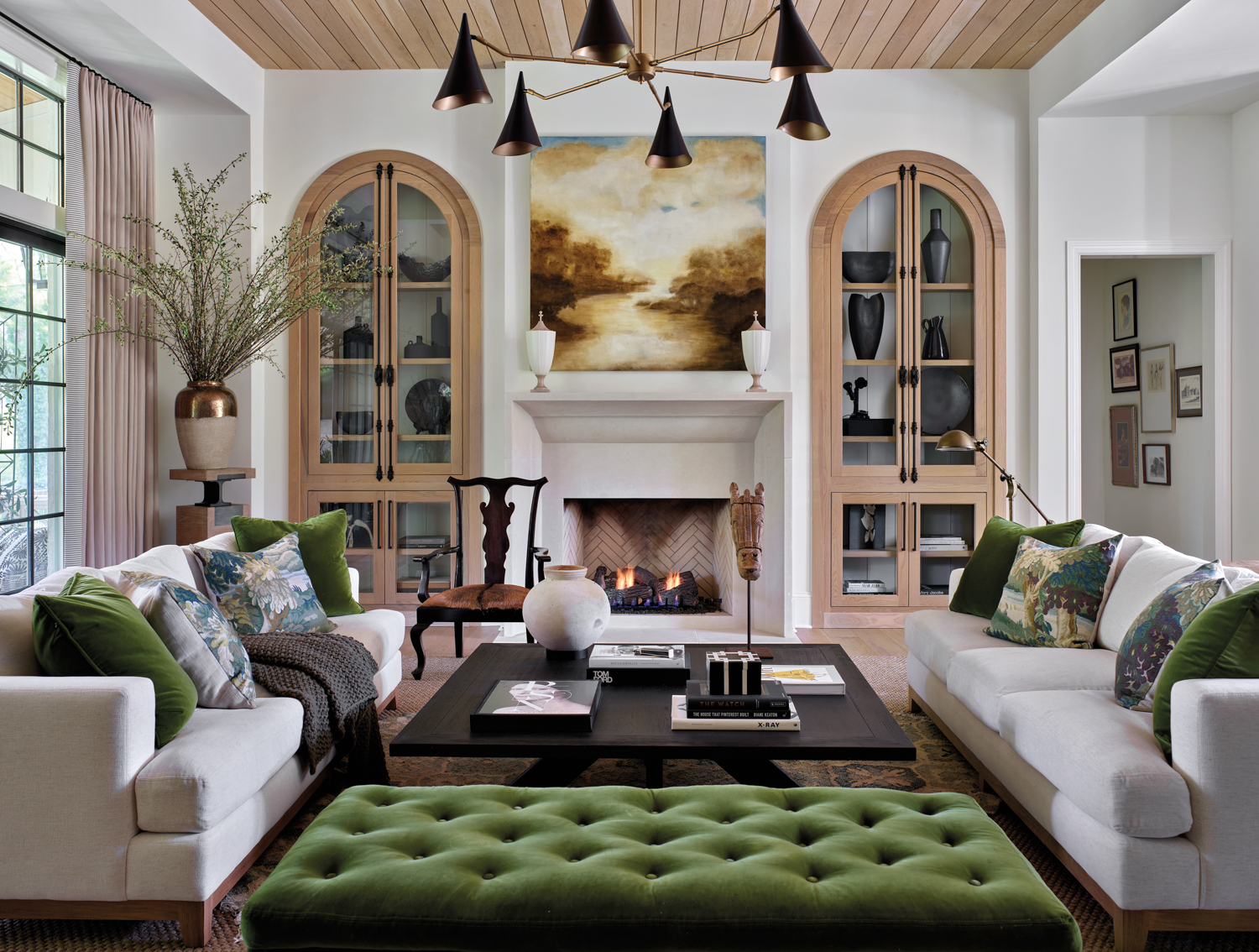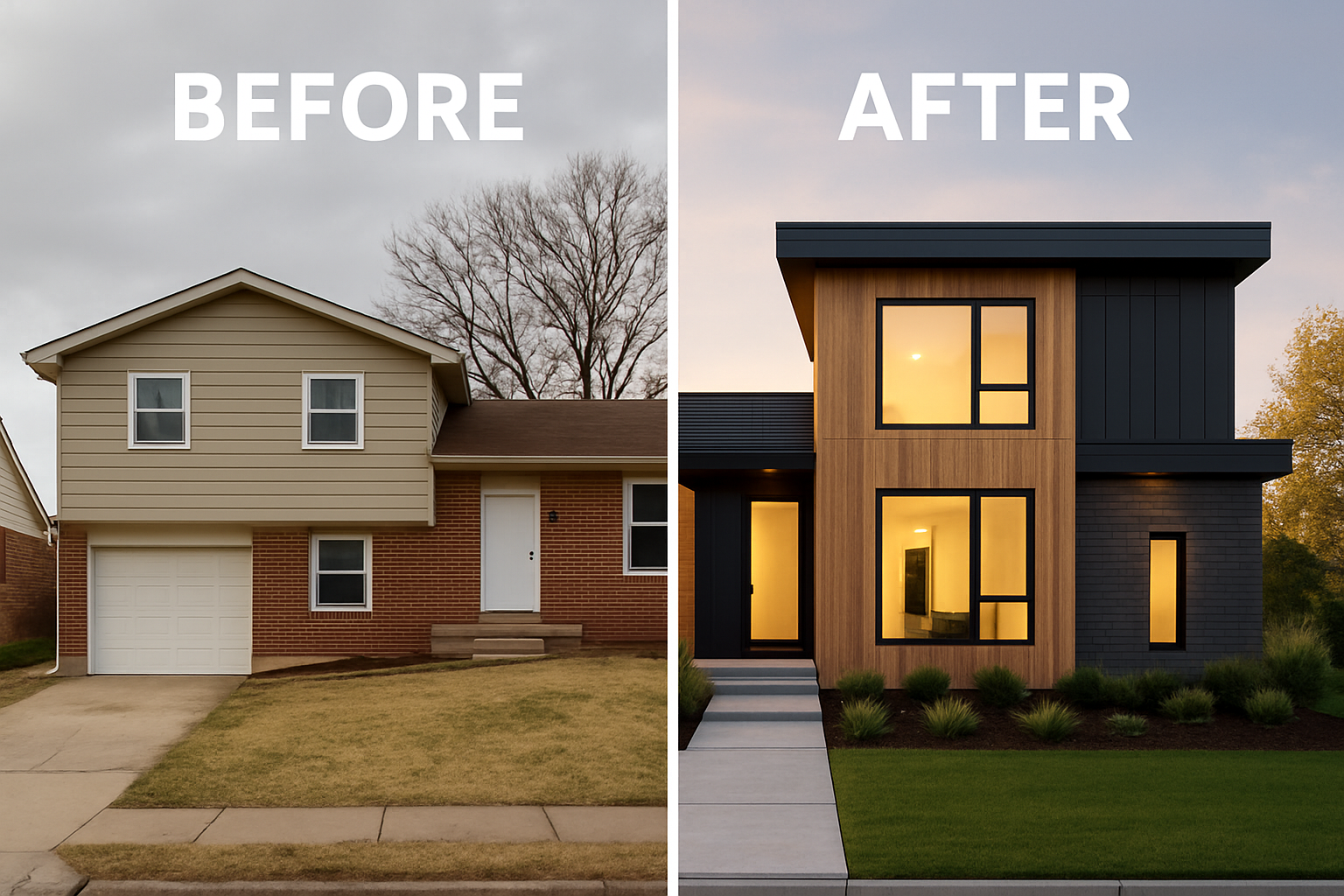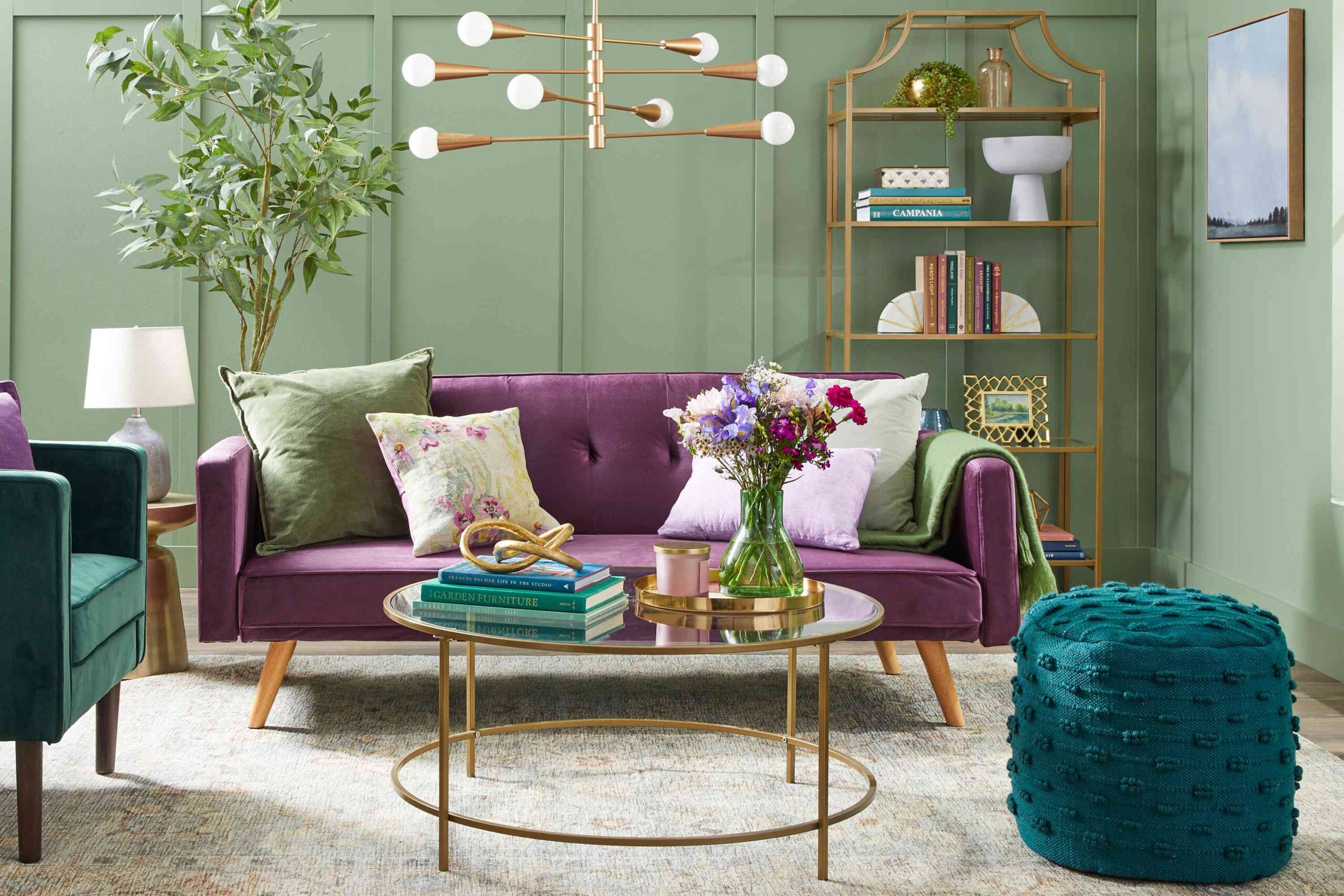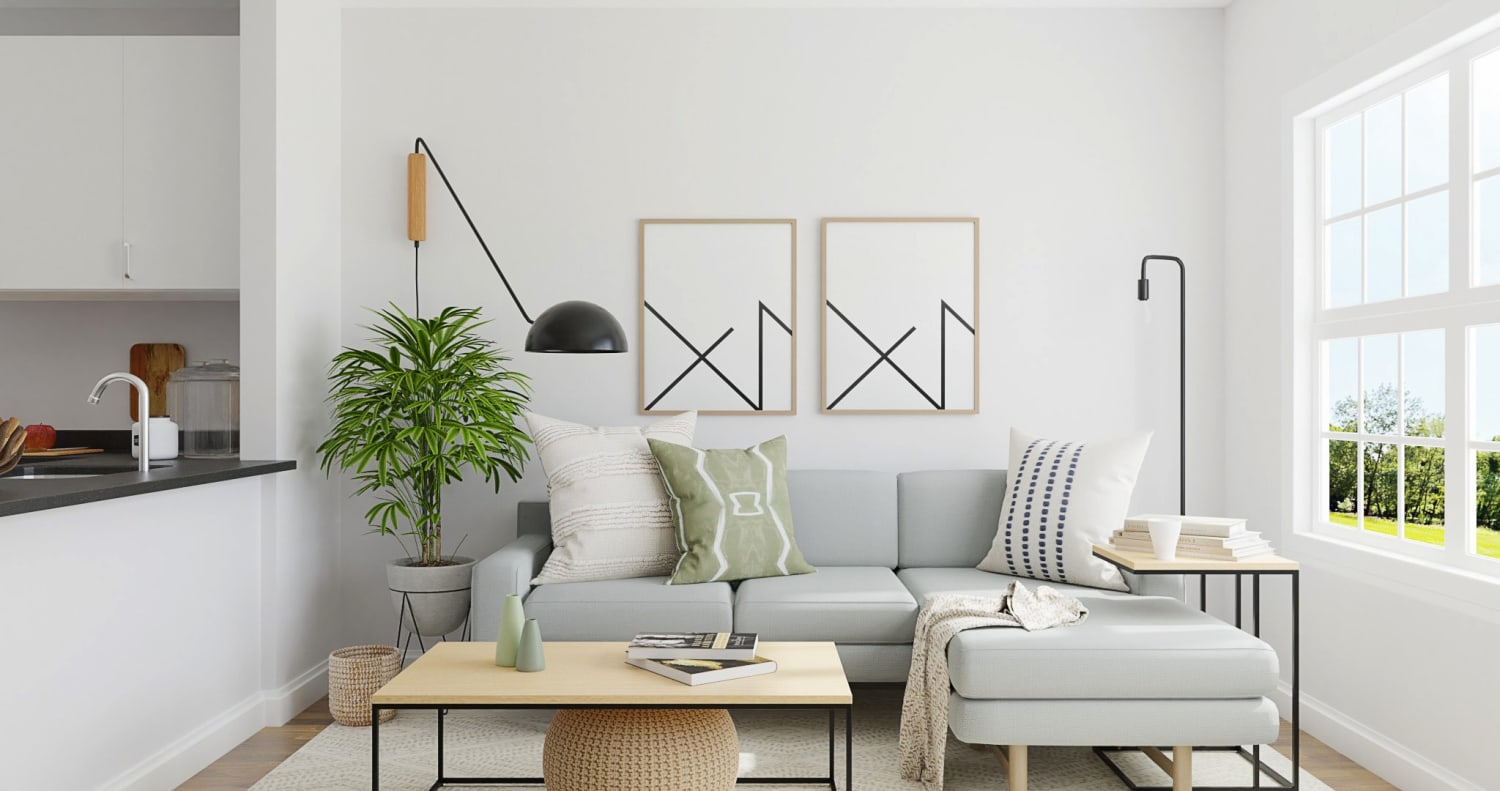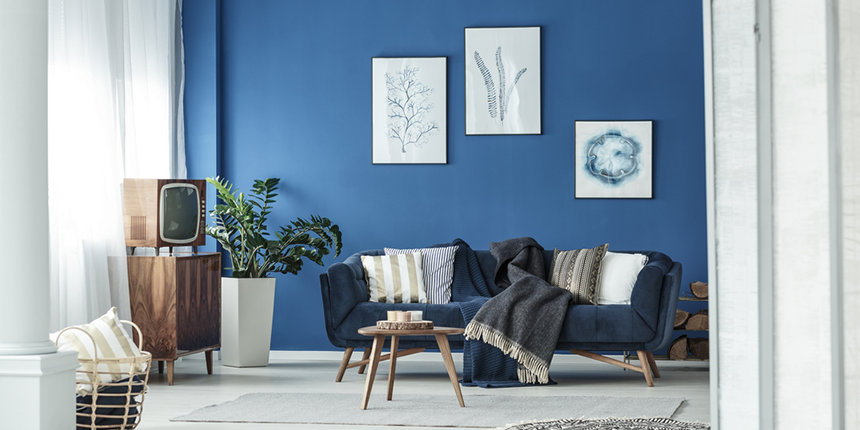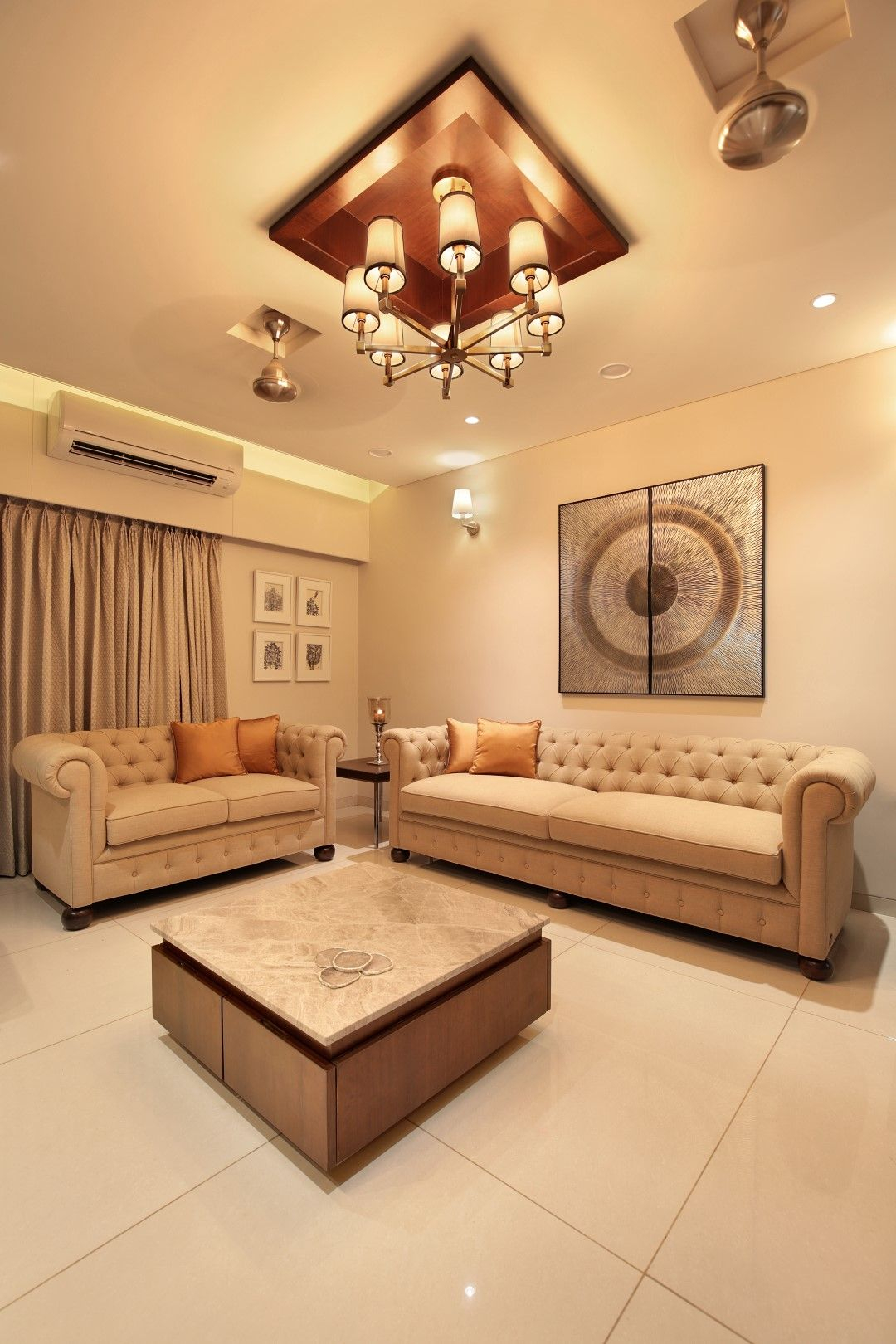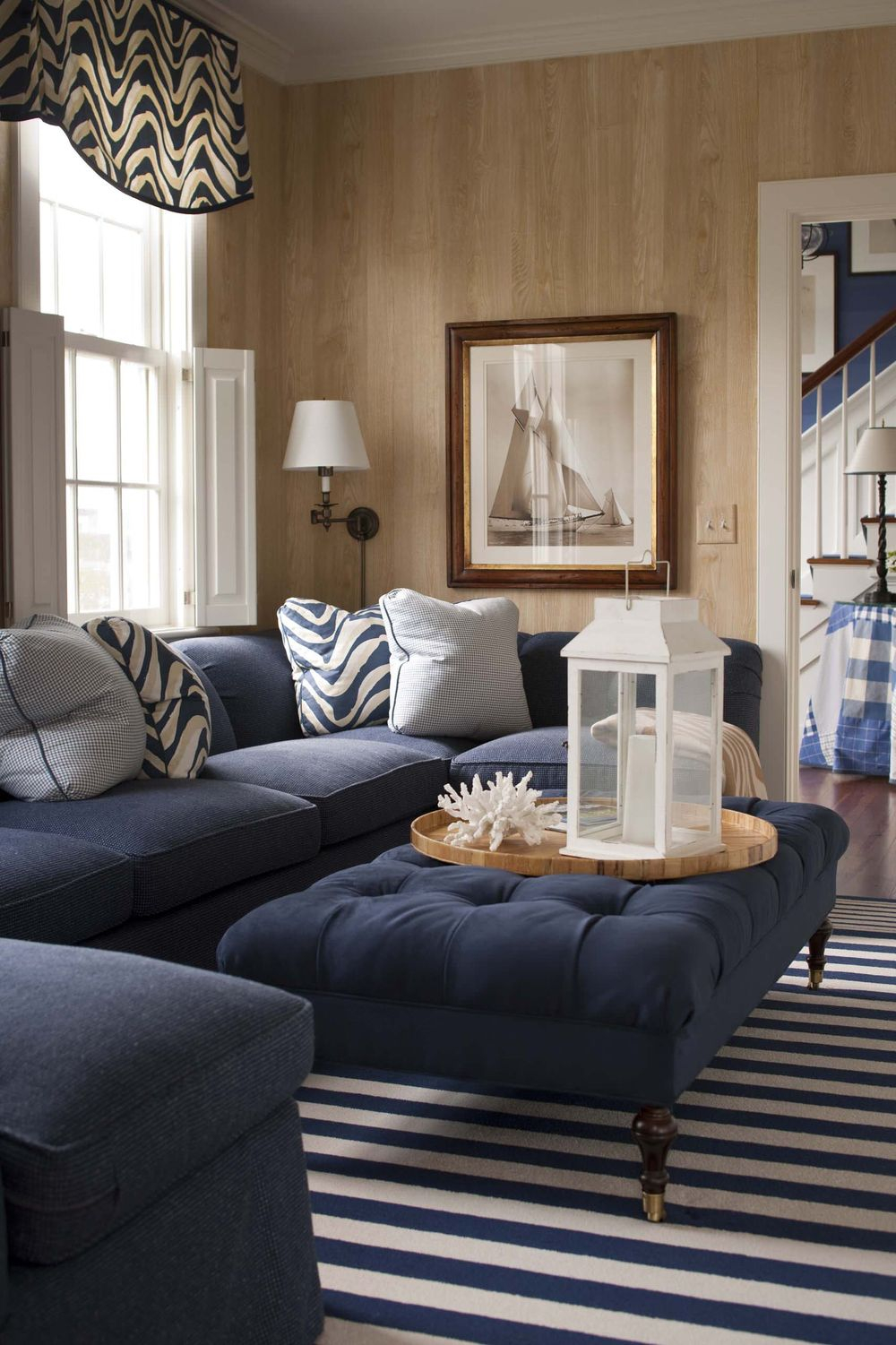Ever felt overwhelmed by the idea of interior design? You’re not alone. Many imagine it involves huge budgets and endless decisions, but the truth is, creating a space you adore can be wonderfully straightforward. It’s all about making smart choices that bring both beauty and comfort into your everyday life. Let’s explore how to inject personality and style into your home without the fuss.
Transforming your living area into a sanctuary doesn’t require a professional decorator or a bottomless bank account. It’s about understanding a few core principles and applying them in ways that feel natural and authentic to you. Think of it less as a daunting task and more as a creative journey. We’re going to break down how you can achieve stunning results with simple, actionable ideas that make a real difference. Ready to make your home truly yours?
Understanding Your Space and Style
Before you buy a single thing, take a moment to really look at your surroundings. What works? What doesn’t? What kind of atmosphere do you want to create? Is it calm and serene, or vibrant and energetic? Think about colours that make you feel good, textures that invite touch, and furniture that serves a purpose. Consider your lifestyle, too. If you have kids or pets, durability is key. If you love to entertain, think about flow and seating arrangements. Jotting down a few keywords that describe your ideal space – like ‘cozy,’ ‘minimalist,’ ‘bohemian,’ or ‘modern’ – can be a great starting point. Don’t be afraid to look for inspiration online, in magazines, or even in nature, but always filter it through what genuinely resonates with you.
The Power of a Neutral Foundation
One of the easiest ways to ensure a timeless and adaptable design is to start with a neutral colour palette. Think soft whites, warm greys, earthy beiges, and muted blues. These shades act as a perfect canvas, allowing you to introduce pops of colour and personality through accessories and accent pieces. A neutral backdrop also makes it simpler to change your decor seasonally or as your tastes evolve. For instance, a living room painted in a gentle cream can easily transition from a summer vibe with bright cushions to a winter feel with richer throws and warmer lighting. It’s about creating a base that’s both sophisticated and versatile.
Strategic Furniture Arrangement
The placement of your furniture can completely alter the feel and functionality of a room. Instead of just pushing everything against the walls, try creating conversation areas. In a living room, arrange seating to encourage interaction. For example, place a sofa and two armchairs facing each other, perhaps with a coffee table in the centre. Consider the focal point of the room – maybe a fireplace, a window with a view, or even a striking piece of art. Arrange your furniture to draw attention to it. Also, pay attention to traffic flow; ensure there are clear pathways to move around easily. Even small adjustments can make a huge difference in how a space feels.
Layering Textures for Depth and Interest
Monotony is the enemy of inviting design. Introducing a variety of textures is a secret weapon for adding warmth and visual appeal. Mix and match different materials like soft throws, plush rugs, smooth wood, rough linen, and shiny metal. Imagine a sofa with a soft velvet cushion, a chunky knit throw, and a sleek leather ottoman. Or a bedroom with a crisp cotton duvet, a faux fur rug, and a wooden bedside table. These tactile elements create a sense of richness and comfort, making a room feel more lived-in and inviting. Don’t be shy about combining seemingly disparate materials; it’s often the unexpected pairings that yield the most interesting results.
Accessorizing with Purpose and Personality
Accessories are the jewellery of your home. They’re where you inject your unique personality and tell your story. Think about artwork, photographs, plants, decorative objects, and cushions. The key here is to curate rather than clutter. Grouping smaller items together in threes or fives can create a more impactful display than scattering them haphazardly. Use mirrors to reflect light and create a sense of spaciousness. Plants bring life and colour into any room. And don’t forget lighting! A mix of ambient, task, and accent lighting can dramatically change the mood of a space. Consider floor lamps, table lamps, and perhaps some wall sconces to cast a warm glow.
The Importance of Lighting
Lighting is often overlooked, but it’s one of the most powerful tools in interior design. It sets the mood, highlights features, and can even make a room feel larger or more intimate. Forget relying solely on that harsh overhead light. Layer your lighting with different sources. Ambient lighting provides general illumination – think ceiling fixtures or recessed lights. Task lighting is for specific activities, like reading lamps next to a chair or under-cabinet lights in the kitchen. Accent lighting spotlights artwork or architectural features. Dimmers are your best friend; they allow you to control the intensity and create different atmospheres throughout the day. Warm, soft light generally creates a cozier, more inviting feel than cool, bright light.
Designing your space should be an enjoyable process, not a chore. By focusing on a few key elements – understanding your style, creating a solid foundation, arranging furniture thoughtfully, layering textures, and accessorizing with intention – you can effortlessly transform your home into a reflection of yourself. Remember, it’s your space, so let your personality shine through. Small changes can lead to big improvements, and with a little planning and creativity, you can craft a home that’s not only beautiful but also a true comfort. So go ahead, experiment, and most importantly, enjoy making your house feel like a home.

